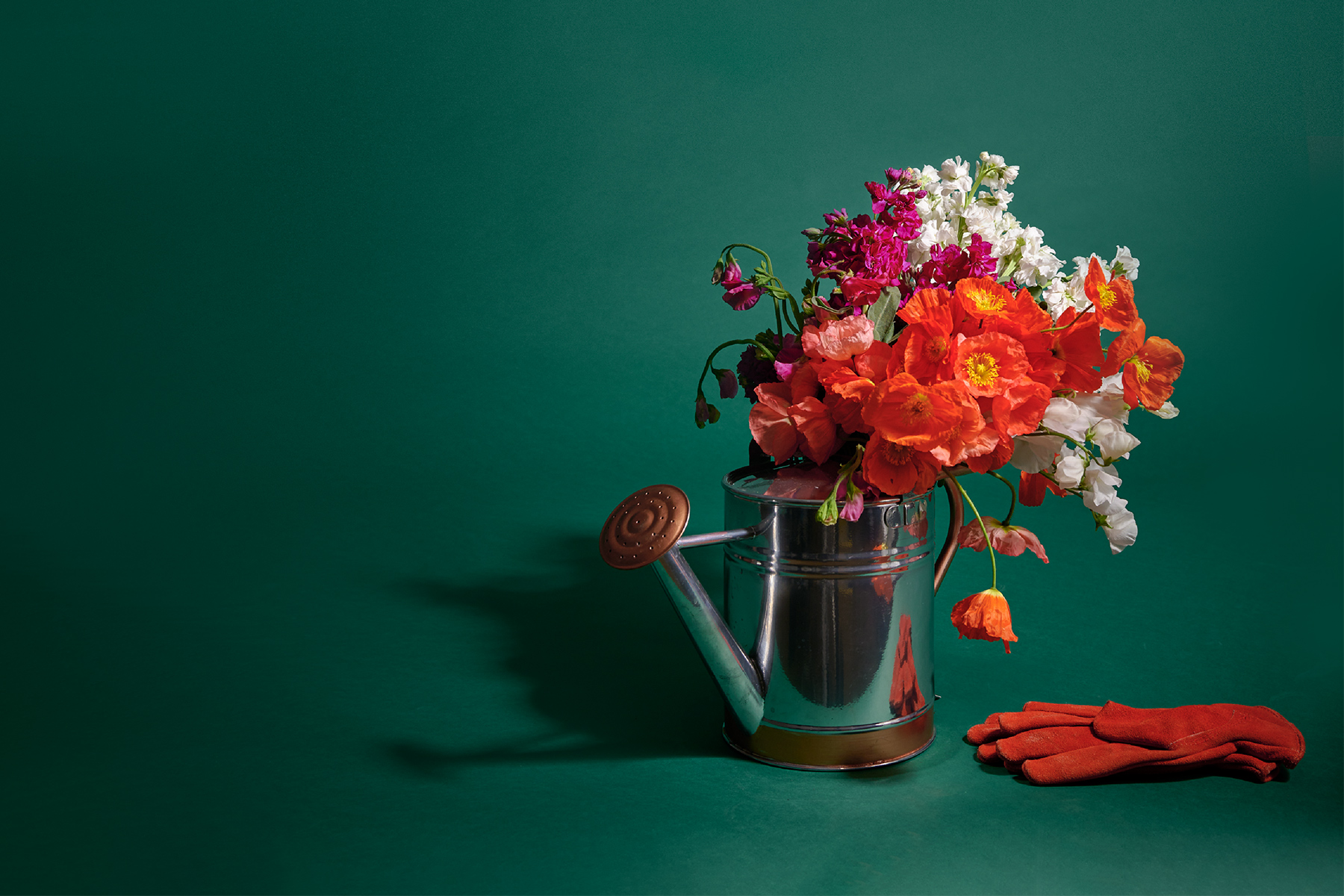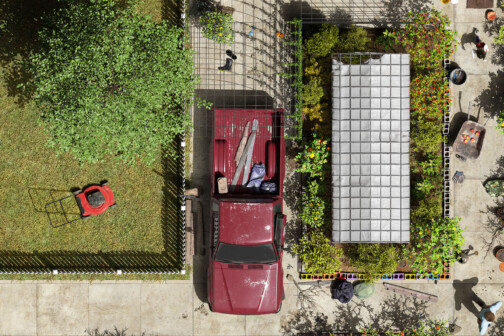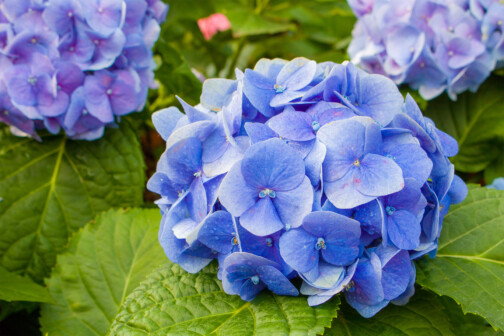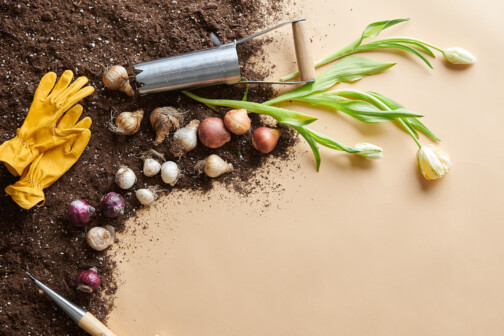You’ve nearly mastered sourdough, and you have a half-finished embroidery project sitting by your bed. The only thing left to complete your cottagecore fantasy? A house filled to the brim with flowers picked fresh from the garden.
But as any seasoned North Texas gardener can tell you, growing classic cottage flowers in our climate can be a challenge. If you plant sweet peas, foxglove, poppies, and other classic cottage flowers according to seed-packet instructions, the plants won’t have enough time to mature and bloom before our oppressive summer heat arrives. As such, most North Texas gardeners give up on them.
The secret to achieving a thriving cottage garden is, happily, rather simple: Tweak the timing. Plant these flowers in the fall and winter so that by the time ideal temperatures arrive in spring, the plants are large enough to bloom and flourish.
Looking to replicate an English country garden look? Here are my favorite cottage flowers and tips for growing them.
How Does Your Garden Grow?
Ready to get your hands dirty? Read these tips for best results.
- Cottage garden flowers require fertile, well-drained soils. Improve heavy clay soils with high-quality compost; expanded shale; and a slow-release, organic granular fertilizer before planting.
- If growing flowers for cutting, support with horizontal netting to keep plants upright and encourage straight bloom stalks.
- Whether growing cottage flowers for cutting or landscaping, plant more than you think you’ll need; a full bouquet requires a good number of flower stalks, and not all plants will bloom together. Plant flowers in mass groupings for maximum visual impact.
Which flowers should I plant?
Works-Leary shares which flowers bloom best in your garden.
- Sweet Peas
- Poppies
- Foxgloves
- Stock
Sweet peas have a relatively short vase life, and their delicate structure makes shipping difficult, so they typically can only be enjoyed if grown at home. Sweet peas can be direct sown in October, but I prefer to start my sweet pea seeds indoors in December and transplant outside in late January or early February. If you choose to direct sow, keep frost cloth handy to cover plants when temperatures drop below 28 degrees. Support sweet pea vines with a trellis or netting. To prolong bloom, harvest flowers frequently.
Poppies have my heart. I am smitten with their impossibly delicate, crinkly blossoms. Though they can be direct sown in October, poppy seeds are tiny and easily washed away by rain. I prefer to start poppies by seed indoors between August and December and then transplant.
Iceland poppies (Papaver nudicaule) can be finicky and are difficult to start by seed. I have the most success with corn poppies (Papaver rhoeas) like “Double Shirley,” and breadseed poppies (Papaver somniferum).
Foxgloves (Digitalis purpurea) steal the show in spring with their tall, dramatic bloom spikes. Traditional biennial foxglove varieties—like my favorites, “Pink Gin,” “Sugar Plum,” and “Pam’s Choice”—bloom in their second year of life. Though patience is required, second-year bloomers tend to be the most striking. Hybrid types such as the Foxy, Camelot, and Dalmatian series will bloom in the first year. Start foxglove by seed indoors in August, and transplant into the garden in October. Cover when temperatures drop below 20 degrees. (Note that all parts of foxglove plants are poisonous if ingested. Use caution around curious children and pets.)
Though readily available as a commercial floral, stock is a must-grow in the North Texas cottage garden for its spicy-sweet fragrance and long vase life. Start stock by seed indoors August through November, and transplant into the garden with 6-inch spacing between plants. Cover when temperatures fall below 28 degrees. Harvest when one-third of the bottom flowers are open. Purchase varieties that grow stems long enough for cutting; reliable varieties include the Katz and Iron series from Johnny’s Selected Seeds.
Callie Works-Leary is a Texas Master Gardener and founder of The Dallas Garden School, which offers classes and resources for North Texas gardeners. She is a native of Dallas.







